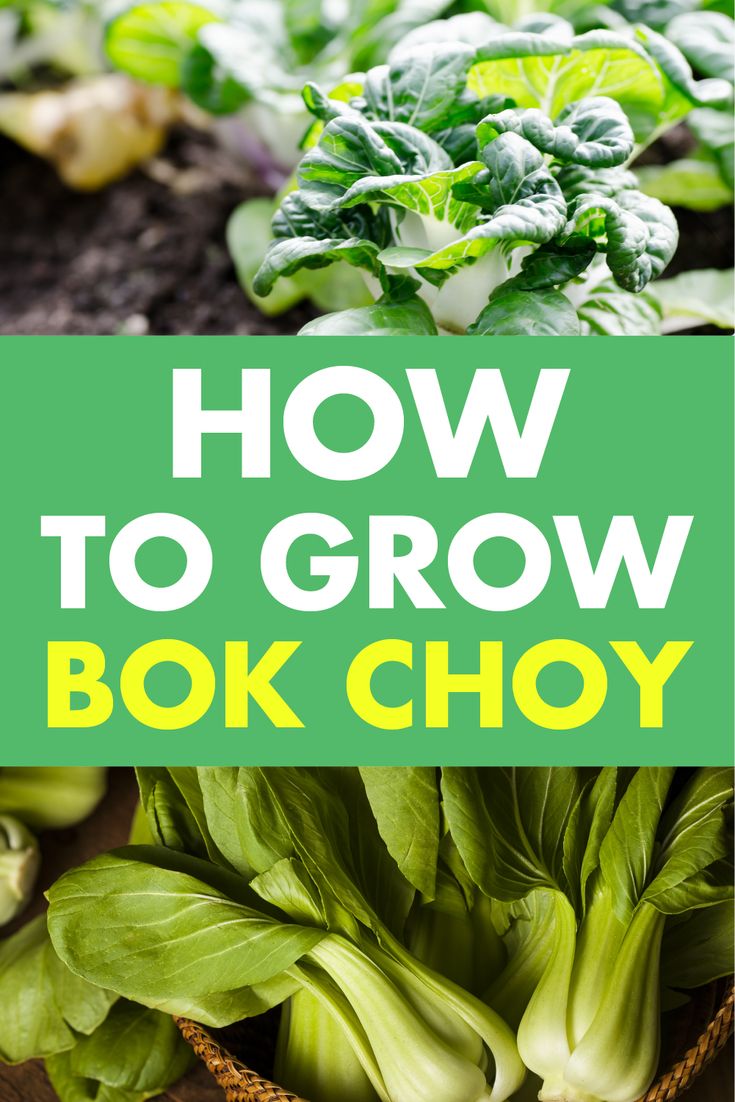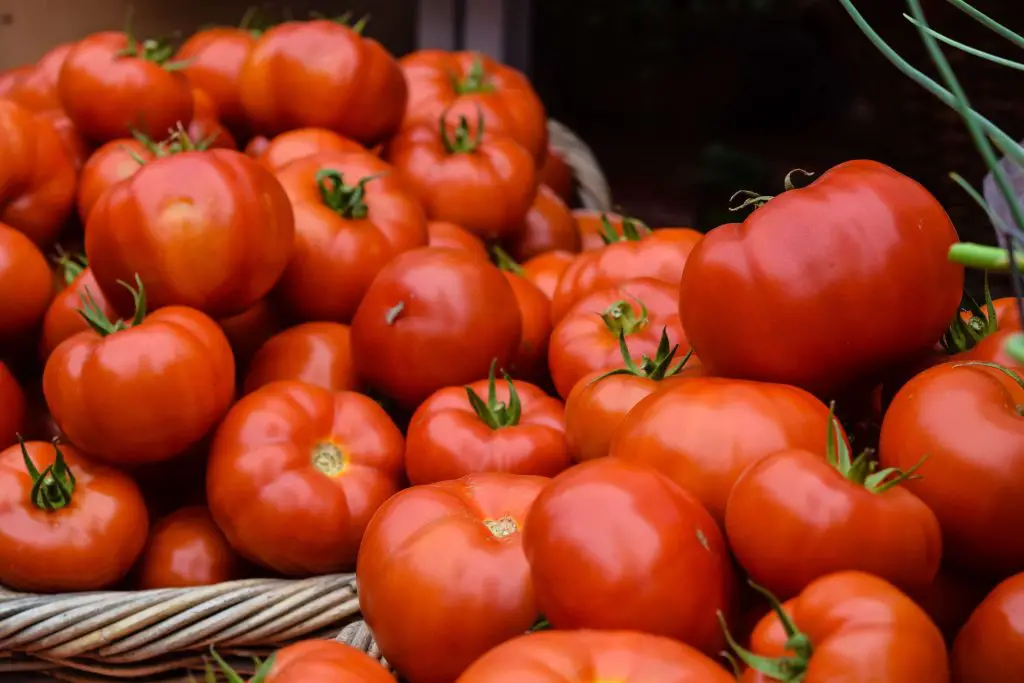Bok choy, also known as Chinese cabbage, is a popular leafy green vegetable that is commonly used in Asian cuisine. It is a nutrient-dense vegetable that is rich in vitamins and minerals, making it a great addition to any diet. However, like all plants, bok choy can benefit from having companion plants to grow alongside it. In this article, we will explore the world of bok choy companion plants and how they can help your garden thrive.
Who are Bok Choy Companion Plants?

Companion plants are plants that are grown together for mutual benefit. They can provide nutrients, attract beneficial insects, repel pests, and even improve the overall growth and health of other plants. Bok choy is no exception, and there are many plants that can be grown alongside it to help it flourish.
How to Choose Bok Choy Companion Plants
When choosing companion plants for your bok choy, it’s important to consider the growing conditions and needs of both plants. Bok choy prefers well-drained soil with plenty of organic matter, while also needing consistent moisture and partial shade. Some companion plants that share these same preferences include:
- Lettuce: Lettuce makes a great companion plant for bok choy because it has similar light and water requirements. Plus, the shallow roots of lettuce will not compete with the deeper roots of bok choy.
- Radishes: Radishes grow quickly and have a shallow root system, making them perfect to plant in between rows of bok choy. They also help to break up compacted soil and attract pollinators.
- Cilantro: This herb not only adds flavor to your cooking but also attracts beneficial insects that can help control pest populations in your garden.
In addition to these plants, you can also consider other leafy greens, such as spinach and kale, as well as aromatic herbs like basil and thyme, as companion plants for bok choy.
Pros and Cons of Bok Choy Companion Plants

Like any gardening technique, there are pros and cons to using companion plants for bok choy. Let’s take a look at some of the benefits and potential drawbacks.
Pros
- Natural pest control: One of the main benefits of companion planting is natural pest control. By planting bok choy with other herbs and vegetables that repel pests, you can reduce the need for chemical pesticides in your garden.
- Improved soil health: Certain companion plants, like legumes, have the ability to fix nitrogen from the air into the soil, making it more fertile for bok choy. They also help to prevent soil erosion and add organic matter to the soil.
- Increased pollination: Attracting beneficial insects like bees and butterflies to your garden can help with pollination and increase overall plant growth and productivity.
- Better space utilization: Companion planting allows for efficient use of space in your garden by growing different plants together that have different root depths and light requirements.
Cons
- Competition for resources: While companion plants can provide many benefits, they can also compete with bok choy for resources like water and nutrients if planted too closely together.
- Incompatible plants: Some plants, when grown together, may not get along and can actually harm each other. It’s important to do research before pairing up companion plants to ensure they are compatible.
- Poorly planned layout: If not carefully planned, companion planting can become chaotic and difficult to manage in terms of maintenance and harvest.
Overall, the pros outweigh the cons when it comes to using companion plants for bok choy. With proper planning and care, you can create a diverse and thriving garden that benefits both you and your plants.
Alternatives to Bok Choy Companion Plants

If you are unable to find suitable companion plants for bok choy, there are alternative methods that you can try to achieve similar results. One popular method is intercropping, which involves planting different crops in the same space at the same time. This allows for efficient use of space and can also provide protection against pests and diseases.
Another option is to use organic mulches, such as straw or shredded leaves, around your bok choy plants. Mulching helps to conserve moisture, suppress weeds, and add nutrients to the soil as it breaks down over time.
Step-by-Step Guide to Companion Planting with Bok Choy
Now that you know the benefits and potential drawbacks of companion planting for bok choy, here is a step-by-step guide to help you get started:
- Choose bok choy varieties that suit your growing conditions and gardening goals.
- Research companion plants that are compatible with bok choy and fit your garden’s needs.
- Plan out the layout of your garden and decide which companion plants will be placed alongside bok choy.
- Prepare the soil by adding organic matter, such as compost, and ensuring it has good drainage.
- Plant the bok choy and companion plants according to their specific requirements for spacing and depth.
- Regularly monitor and maintain your garden, including watering, fertilizing, and pest control.
- Harvest your bok choy and companion plants when they are ready and enjoy the fruits (or vegetables) of your labor!
Tips for Successful Bok Choy Companion Planting

Here are some additional tips to help ensure successful bok choy companion planting:
- Rotate your crops each year to prevent disease buildup and nutrient depletion.
- Use a mix of annual and perennial companion plants to provide long-term benefits for your garden.
- Consider planting flowers, such as marigolds and nasturtiums, among your bok choy to attract more beneficial insects.
- Keep a journal to track which companion plants worked well together and make adjustments for future plantings.
- Be patient and experiment with different combinations to find what works best for your specific garden and climate.
FAQs about Bok Choy Companion Plants
What is the best time of year to plant bok choy?
Bok choy is a cool-season crop and grows best in spring and fall when temperatures are mild. In warmer climates, it can be planted in late summer for a fall harvest.
Can I use chemical pesticides on my bok choy if I have companion plants?
While it’s not recommended to use chemical pesticides in an organic garden, if you do choose to use them, be sure to follow the label instructions carefully and avoid spraying near or on your companion plants.
Can I plant bok choy and its companion plants in containers?
Yes, you can grow bok choy and its companion plants in containers as long as they have enough space and proper drainage.
Are there any plants that should not be planted with bok choy?
Plants from the same family as bok choy, such as other types of cabbage and broccoli, should not be planted together as they can attract similar pests and diseases.
Can I eat the companion plants grown alongside my bok choy?
Yes, most companion plants for bok choy are edible and can be harvested and consumed just like the bok choy itself.
Conclusion
Bok choy companion plants can provide a wide range of benefits for your garden, from pest control to improved soil health. By choosing the right plants and planning out your garden layout, you can create a successful and thriving garden that will not only benefit your bok choy but also add diversity and beauty to your outdoor space. So next time you’re planning your garden, consider adding some companions for your bok choy and watch as your plants thrive together.

